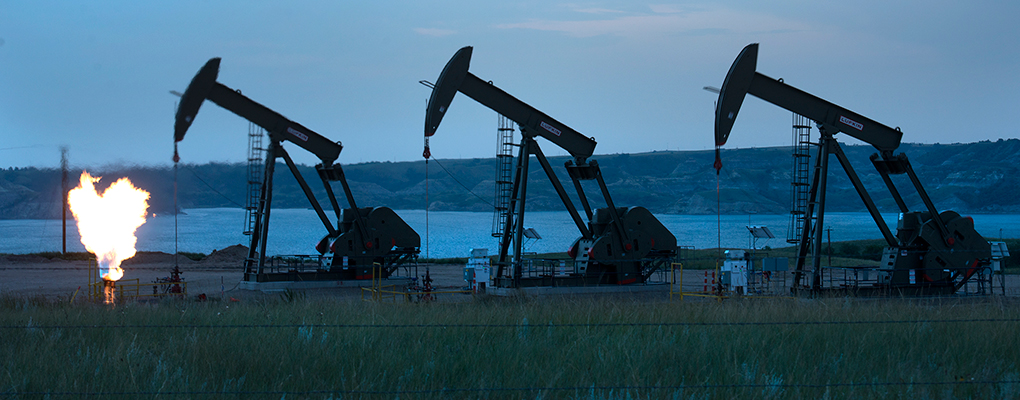
In recent years, key oil producers across the globe have been churning out black gold at such a rate that prices have fallen to near unmanageable extremes. And though most consumers would hardly bat an eyelid at a new sub-60 asking price, the sacrifice, in terms of failed projects, could number in the hundreds of billions of dollars.
On December 10, the price of oil fell to a new five-year low of little over $64, in step with reports of a bloated global supply and the decline of the OPEC oil cartel. What’s more, global demand is shrinking and the price of crude alone has buckled by over 40 percent in five months; circumstances that have forced affected parties to rethink their strategies and shy away from ambitious projects. Put another way, 2015 will be the year in which last year’s break-even oil projects will die a death.
According to data compiled by Rystad Energy, $150bn in oil and gas projects will be shelved in 2015, as companies struggle to adapt to a climate much-changed from that of 12 months ago. ConocoPhillips, for example, announced in December that it would be trimming 20 percent from its 2015 budget, and several major players aside have reduced their budgets by similar, if not greater, degrees. In the six-month lead-up to December, ConocoPhillips’ share price suffered a 16 percent slip, and the decision to hold fire on future plans shows how much rock bottom prices have impacted even the industry’s leading names.
2015 will be the year in which last year’s break-even oil projects will die a death
What’s important for oil companies in surviving the slump is on which side of the supply dilemma OPEC will fall. It’s clear that the organisation has – and still is – guilty of mass overproduction, and, without cutting supply, the price of oil will continue to slide. However, whereas reducing supply would bring increased revenues for member nations, doing so could afford the US a larger slice of the pie, which bloc is clearly unwilling to relinquish. “Without any adjustments to supply, oil inventories would implicitly build by an average 1.8 million barrels per day until 2020, which in reality is impossible,” says Bjørnar Tonhaugen, VP of Oil and Gas Markets at Rystad Energy. “Markets must adjust.”
With OPEC nations choosing to plough on with unsustainable levels of production, any smaller operations will be priced out of the market, whereas major names will find themselves hard pressed to meet soaring development costs. The worry for oil companies is that the price per barrel is set to reach a lowly $50 in 2015, which will test the viability of unconventional extraction methods and the willingness to invest in uncertain finds.
As opposed to the oil industry of years passed, where major names have pumped often-colossal sums of money into production, only those with the deepest pockets will survive 2015 – and with very little in the way of development to show for it. As volatile price shifts and overproduction push margins to breaking point, the winners will be those with money in the bank and those that can produce on the cheap.


